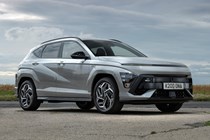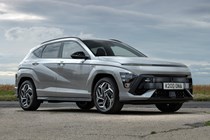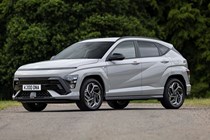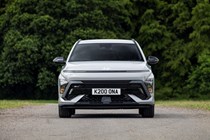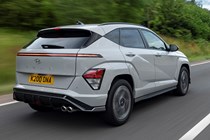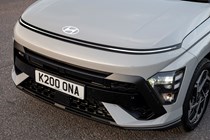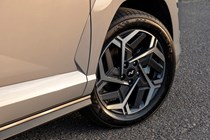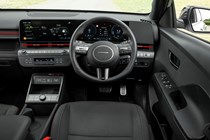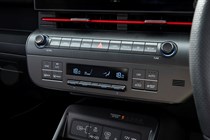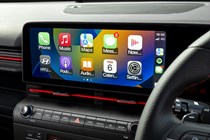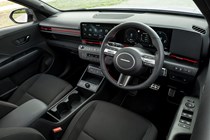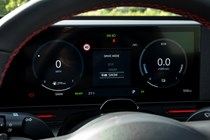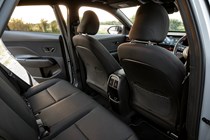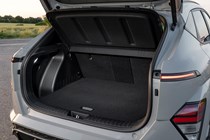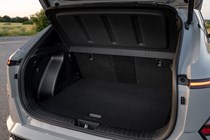
Hyundai Kona engines, drive and performance
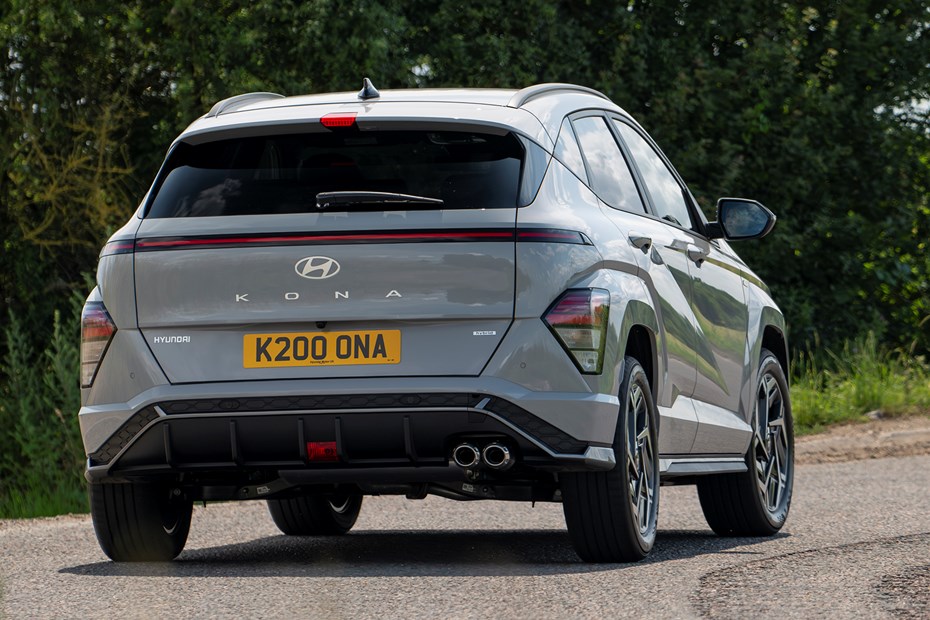
- Wide choice of engines available
- Petrol only – no diesel units offered
- From small 1.0 to full 1.6 hybrid
Petrol engines
Many buyers will be best served by one of the two petrol engines offered in the Hyundai Kona: a simple three-cylinder 1.0-litre or the upsized 1.6 four-cylinder.
The smaller engine is modest in its outputs, delivering just 120hp to drive the front wheels. It doesn’t sound like much, but in fact the entry-level Kona is perfectly happy, even on the motorway and Hyundai claims 0-62mph in 11.8 seconds and 112mph flat-out. We heard that distinctive three-cylinder thrum when we revved the engine – this is not the quietest car going, but it’s never too obtrusive.
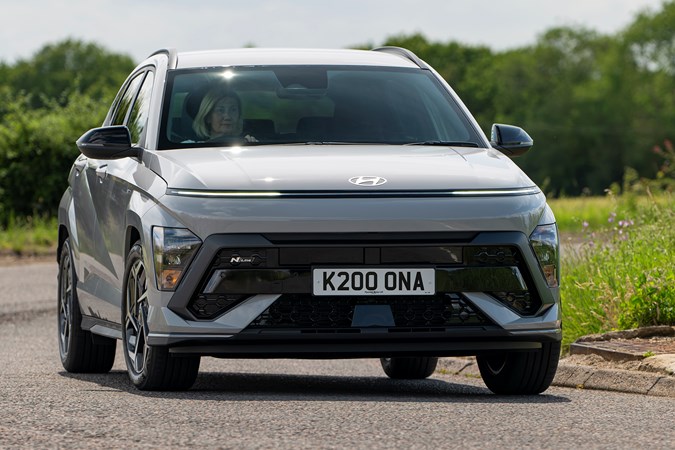
Pick the more powerful, turbocharged 1.6 if you want zestier performance. With a fulsome 198hp, the top petrol model will sprint to 62mph in a hot-hatch rivalling 7.8 seconds, when equipped with the twin-clutch automatic transmission. Top speed is pegged at 130mph.
The high-powered 1.6 petrol is the one model that is available with all-wheel drive. Otherwise, every Kona is front-wheel drive.
Diesel engines
There are no diesels offered in the new Hyundai Kona. Many manufacturers are turning away from the black pump in the wake of the Volkswagen emissions scandal – and the advances in petrol tech mean that the downsized petrols are pretty low in CO2 emissions and closing the gap on diesel fuel economy. We averaged around 45mpg in a week with the Kona 1.0.

Electric and hybrid engines
One of the big attractions of the Hyundai Kona is the smorgasbord of electrified options available here and now. While many brands are only just getting round to offering hybrid and EV tech in their crossovers, Hyundai has been doing it already for a generation.
Buyers can pick a full hybrid powertrain which marries the petrol 1.6-litre four-cylinder engine with a 44hp electric motor that adds a handy slug of torque. This is a regular hybrid set-up, not one you plug in at home overnight – so it charges up on the go by harvesting energy expended during deceleration. It’s rather like the original Toyota Prius in this regard.
The hybrid deployment is typically smooth, the car automatically juggling the twin power sources for you and deciding how much electrical assistance to give – although we found it reluctant to stay in full EV mode for long, before the petrol engine kicks in. CO2 emissions are usefully low for a vehicle of this size: just 107g/km, while Hyundai quotes 60.1 miles per gallon of unleaded.
The ultimate eco model is the Hyundai Kona Electric. Read our full separate review here.
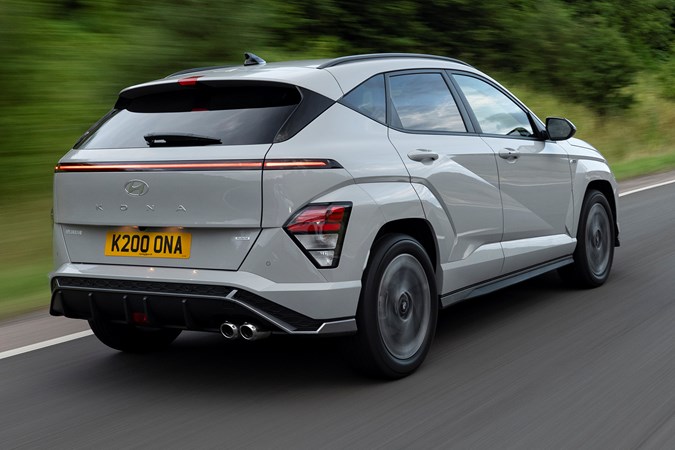
What’s it like to drive?
- A very competent crossover
- Decent riding, quite refined
- Little fun, but it’s perfectly capable
Don’t pick the Hyundai Kona if you want something super-sporty in a crossover package. We’d probably steer you towards a Ford Puma or similar if you crave something with sharp responses and a hot-hatch feel.
However, there is much to commend the Kona for if you want a straightforward compact crossover. All models we’ve sampled so far have well judged performance for their intended market (even the humble 1.0) and they are easy cars to drive day-to-day.
There is no physical handbrake and we found the finger-operated button on the dashboard a little awkward to use, but all the other controls are straightforward. The manual gearbox is slick enough and the steering is accurate and well weighted.
It’s a slightly bland experience behind the wheel, but N Line trim sharpens things up a little, with larger wheels, bigger tyres and sportier settings. Just be aware this step up in spec also brings a commensurate deterioration in ride quality.


